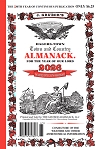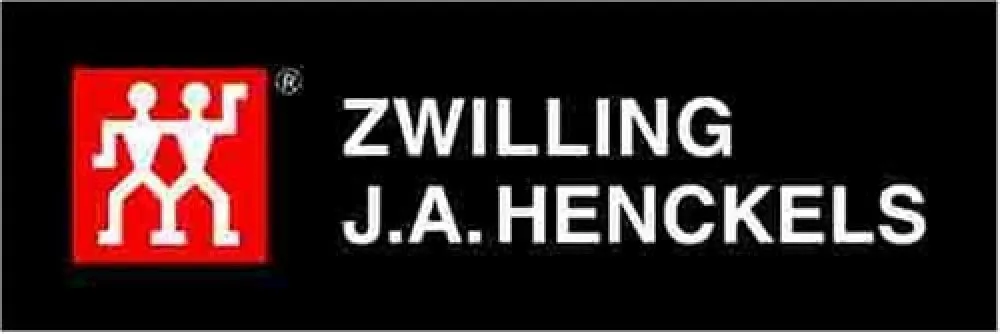THE IMPORTANCE OF NATIVE POLLINATORS
A
pproximately 33% of all agricultural output depends on pollinators in the U.S. Pollination involves the movement of pollen from a (male) anther to a (female) stigma on a flowering plant; this results in fertilization. Those that produce fruits and vegetables likely have an understanding of the significant role that pollinators play in the production of a bountiful crop.
Who are our native pollinators? A majority are insects, including ants, bees, beetles, butterflies, flies, moths and wasps. Other pollinators can include bats, birds and small vertebrates like field mice. The presence of native pollinators is critical for promoting a healthy ecosystem. Native pollinators support local plant species’ survival. Other animals depend on native pollinators as food resources. Additionally, a healthy pollinator population can benefit local producers by supporting increased fruit and vegetable yields.
Whether you are a farmer or a homeowner, there are many ways that we can support native pollinator habitats in our farms and gardens. Pollinators require diverse food sources and a place to build their nests to be successful. Here are a few tips to promote native pollinators:
Who are our native pollinators? A majority are insects, including ants, bees, beetles, butterflies, flies, moths and wasps. Other pollinators can include bats, birds and small vertebrates like field mice. The presence of native pollinators is critical for promoting a healthy ecosystem. Native pollinators support local plant species’ survival. Other animals depend on native pollinators as food resources. Additionally, a healthy pollinator population can benefit local producers by supporting increased fruit and vegetable yields.
Whether you are a farmer or a homeowner, there are many ways that we can support native pollinator habitats in our farms and gardens. Pollinators require diverse food sources and a place to build their nests to be successful. Here are a few tips to promote native pollinators:
- Provide food: Plant a diverse mixture of native flowering plants and shrubs that bloom at different times of the year. Some plants provide an abundance of nectar while others provide an abundance of pollen. It is important to plant a variety of species to capture both resource needs. A variety of flower colors and shapes can help attract multiple species of pollinators. Several research studies have determined that planting flowering plants closely together in clumps can help attract more pollinators compared to flowering plants that are more spread out over a landscape. Carefully select flowering plants and shrubs that are adapted to your landscape and consider site characteristics like your soil fertility, soil water holding capacity and sunlight availability. Native plants are often preferred by native pollinators. Flowering plants can often be started from seeds while shrubs are often most successful when transplanted.
- Protect nesting sites: Many native pollinators, especially bees, nest underground and require access to soil. Leaving some patches of bare soil (without heavy mulch) or relatively undisturbed soil (hay and pasture fields) can promote nesting of ground dwelling species. Prioritize leaving bare patches in areas that receive some sunlight (south-facing landscapes) and that are well draining. Other native pollinators prefer to nest in cavities. They create these cavities by burrowing into pieces of dead wood, hollow stems, or by using brush piles. Where possible, allow a few pieces of dead trees or brush to remain in your landscape. Although unsightly, this is a very important resource for many native species! Handmade or purchased signs that label your landscape as a pollinator-friendly habitat can go a long way towards the acceptance of an ‘untidy’ space. Commercial made nesting blocks or ‘insect hotels’ can be purchased to provide habitat for nesting bees but should be cleaned and maintained regularly to prevent the spread of pollinator diseases and parasites.
- Use pesticides judiciously: Insecticides are pesticide products that are often utilized to control harmful insect pests. These products, when used in accordance with the labeled instructions, can help us mitigate insect damage. In general, insecticides that are used in excess or used improperly may pose a risk to native pollinator health. In an effort to reduce insecticide impacts on pollinators, we should begin by considering whether or not an insecticide use is warranted. First, carefully identify insect species. For help with pest identification and management, contact your local Extension Office for recommendations. Impending crop loss and structural damage may justify the use of chemical control. If that is the case, be sure to carefully read the labeled instructions as required by federal law. Applying insecticides in accordance with the label reduces environmental risk and unintentional impacts on native pollinators. Pollinators are often exposed to products when vegetation is in bloom. Your insecticide label will likely recommend not using the product during blooming or to apply the product at night, when fewer pollinators are actively foraging. Additionally, we may have the ability to choose between several types of insecticide products. If possible, we can choose products that are less toxic to pollinators. In many cases, insecticides may not be needed in a home garden landscape. Minor insect damage and feeding on ornamentals and vegetable crops can often be tolerated. The reduced use of pesticides can promote beneficial predators and parasitoids that can manage these insect populations. Using native and well-adapted plants in the landscape can help promote healthy plants that can tolerate minor pest damage.
Native pollinators are an important component of a healthy ecosystem and necessary for a bountiful supply of fruits and vegetables. We can each do our part to promote native pollinators on our own landscape by following the advice outlined above.
Brittany Clark
Forage and Field Crops Educator


















